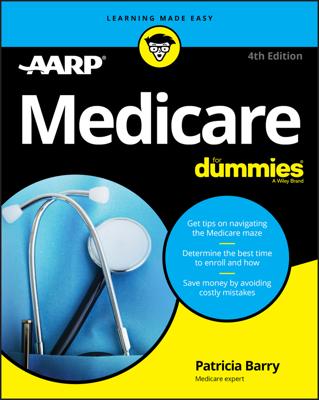Copyright © 2014 AARP. All rights reserved.
If you live outside the United States, make sure that you understand your options for the timing of Medicare enrollment. The choice you make — whether to sign up before your personal enrollment deadline while still abroad or leave it until you return to the United States — obviously affects the mechanics of signing up as well as your chances of getting late penalties. Here is how to enroll while continuing to live abroad.
Apply if you qualify for full Medicare benefits
You’re considered fully insured if you have enough credits from work on which you (or a spouse) paid payroll taxes. In other words, you’re entitled to Part A benefits without paying a premium for them.
In this situation, when living abroad, you can enroll in Medicare Part A and/or Part B by contacting the nearest American embassy or consulate in the nation where you’re living. You can find contact information for them (locations, phone numbers, and e-mail addresses) at the Social Security website.
You can’t enroll online on the Social Security website if you live outside the United States.
Apply if you aren’t fully insured for Medicare
When you live in the United States and don’t have enough work credits to qualify for premium-free Part A you can nonetheless get Part A services (usually hospital stays) if you pay monthly premiums. But you can’t buy into the program in this way while your permanent address is in another country.
It doesn’t matter whether you’ve maintained a U.S. address and telephone number, are on the electoral register, have family living in the States, return on regular visits, or keep regular links in any other way. Under Social Security rules, you must reside permanently within the United States or its territories to buy into Part A. Officials say a person can’t establish residency in two places at the same time.
When you return permanently to the United States, you have an initial enrollment period to buy into Part A and to enroll in Part B, regardless of how long you’ve lived outside the United States or how many years have passed since you turned 65.
This enrollment period begins during the month of your return as a U.S. resident and expires at the end of the third month following. (For example, if you return in July, your initial enrollment period expires October 31.)
Your coverage begins on the first day of the month after you enroll. But if you don’t sign up within this time frame, you must wait until the next general enrollment period (January 1 to March 31) and your coverage won’t begin until the following July 1. To buy into Part A, you must also enroll in Part B. To sign up for both, call Social Security.
Contact Social Security from outside the United States
For questions on Medicare enrollment, you must contact the Social Security Administration. But you can’t call its main toll-free phone number from overseas. However, you can get in touch with the SSA from outside the United States by mail, fax, or phone (though not e-mail). In all cases, make sure that you provide your full name, address, phone number, and Social Security number.
By mail: Write to the Social Security Administration, Office of International Operations, P.O. Box 17775, Baltimore, MD 21235, U.S.A.
By fax: Send your letter to [area code for the U.S. from where you live] + 1-877-385-0645.
By phone: You’ll have to pay for the call because Social Security doesn’t have a toll-free number that can be used from abroad. Also, you need to call during normal business hours for the U.S. eastern time zone. Choose one of the phone numbers in the table according to the last two digits of your Social Security number (SSN).
| If your SSN’s last two digits are | The phone number to call is |
|---|---|
| Between 00 and16 | +1-410-965-9418 |
| Between 17 and 32 | +1-410-965-6517 |
| Between 33 and 49 | +1-410-965-8064 |
| Between 50 and 66 | +1-410-965-9398 |
| Between 67 and 82 | +1-410-965-8036 |
| Between 83 and 99 | +1-410-965-8037 |
Source: Social Security Administration

